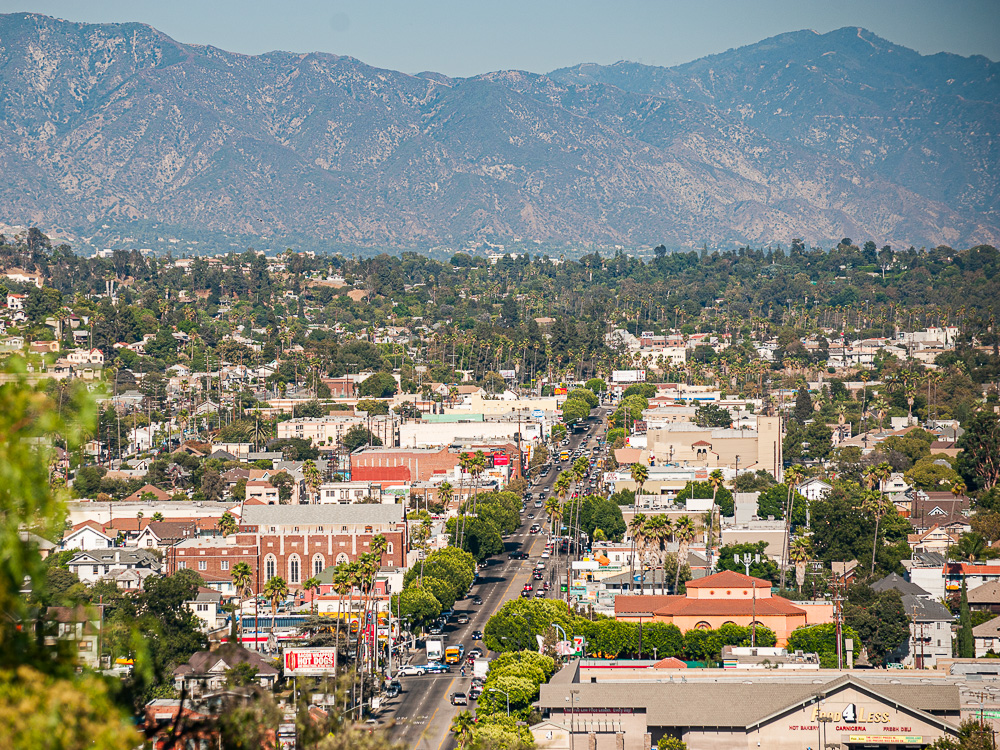

And finally, all of these places are served by hyperlocal place governance entities, including business improvement districts that provide extra coordination and support, such as clean-and-safe patrols.ĭemand in cities remains strong-so much so, in fact, that in many of the biggest metro areas the concern is not abandonment but affordability. They are close enough to downtown to be accessible to and from elsewhere in the region. County, as well as access to amenities including the USC campus and Griffith and Hermon parks. Figueroa, Los Feliz, and Highland Park have some of the highest population densities in L.A. Rather, they gather big, diverse collections of economic, social, physical, and civic assets in close proximity. Why are some neighborhoods doing extraordinarily well? These are not the richest parts of L.A. Elsewhere it’s trending down, even approaching zero: 0.5% on Figueroa Street near USC, 1.5% in Los Feliz, and 2.3% in Highland Park. In a diverse range of neighborhoods, retail is close to or even outperforming that average: The vacancy rate is only 5.6% in Echo Park, 6.3% in Inglewood, and 6.6% in Boyle Heights. In L.A., while retail vacancy downtown is 9.3% and trending upward, the citywide rate is only 6.1%, data from CoStar shows.

For example, while overall transit ridership in San Francisco is only 54% of the pre-pandemic level on weekdays, the 22 Fillmore line serving the neighborhood of Mission Bay, just south of the historic downtown, is at 107% of pre-pandemic ridership. This has benefits not just for individuals but also for communities and places. Instead, people are enjoying walkable, mixed-use neighborhoods where they can both live and work, in contrast to the 20th century mode of cities and suburbs that rigidly separates work zones from other activities. Yet office vacancy rates continue to rise, and transit ridership remains well below 2019 levels on every major U.S. Other cities, such as Seattle and Washington, D.C., have flipped from losses to gains. also lost population in 2022, that year’s rate of population loss was half what it was in 2021. As many downtowns struggle, residential neighborhoods are thriving. But new research shows clear signs this trend is reversing.


 0 kommentar(er)
0 kommentar(er)
